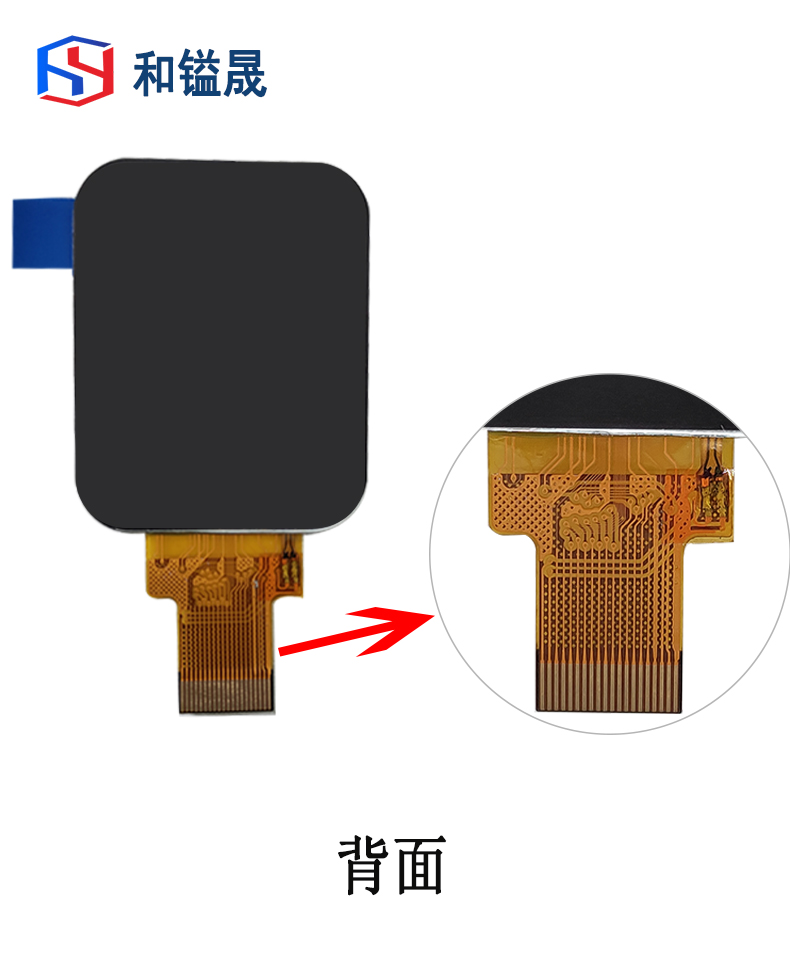Table of Contents
The Evolution of TFT LCD Technology
TFT LCD, or Thin Film Transistor Liquid Crystal Display, is a type of display technology that has revolutionized the way we view images on screens. It is a type of LCD that uses thin film Transistors to control each individual pixel on the screen, allowing for faster response times and better image quality compared to traditional LCD displays.
The evolution of TFT LCD technology can be traced back to the early 1980s when researchers began experimenting with ways to improve the performance of LCD displays. One of the key breakthroughs came with the development of thin film transistors, which allowed for more precise control over each pixel on the screen. This led to the development of TFT LCD displays, which quickly became the standard for high-quality displays in a wide range of devices, from smartphones to televisions.
One of the key advantages of TFT LCD technology is its ability to produce vibrant colors and sharp images. This is achieved through the use of liquid Crystals that are sandwiched between two layers of glass. When an electric current is applied to the liquid crystals, they align in such a way that allows light to pass through and create an image on the screen. The use of thin film transistors allows for precise control over the alignment of the liquid crystals, resulting in a high-quality image with accurate colors and sharp details.
Another key advantage of TFT LCD technology is its fast response time. Traditional LCD displays rely on passive matrix technology, which can result in slow response times and motion blur. TFT LCD displays, on the other hand, use active matrix technology, which allows for faster response times and smoother motion. This makes TFT LCD displays ideal for applications where fast-moving images are common, such as gaming or watching sports.
In addition to their superior image quality and fast response times, TFT LCD displays are also known for their energy efficiency. The use of thin film transistors allows for precise control over the amount of power that is sent to each pixel on the screen, resulting in lower power consumption compared to traditional LCD displays. This makes TFT LCD displays ideal for portable devices such as smartphones and tablets, where battery life is a key consideration.
Over the years, TFT LCD technology has continued to evolve, with manufacturers constantly pushing the boundaries of what is possible with display technology. One of the latest advancements in TFT LCD technology is the development of in-plane switching (IPS) displays, which offer even better color accuracy and viewing angles compared to traditional TFT LCD displays. IPS displays are now commonly found in high-end smartphones and tablets, as well as professional-grade monitors for graphic design and video editing.
In conclusion, TFT LCD technology has come a long way since its inception in the 1980s. With its superior image quality, fast response times, and energy efficiency, TFT LCD displays have become the standard for high-quality displays in a wide range of devices. As technology continues to evolve, we can expect to see even more advancements in TFT LCD technology, further improving the way we view images on screens.
Understanding the Benefits of TFT LCD Displays
TFT LCD, or Thin-Film Transistor Liquid Crystal Display, is a type of display technology that is commonly used in electronic devices such as smartphones, tablets, and computer monitors. TFT LCD displays are known for their high resolution, vibrant colors, and fast response times, making them ideal for applications where image quality and performance are important.
One of the key benefits of TFT LCD displays is their ability to produce sharp, clear images with high Levels of detail. This is achieved through the use of thin-film transistors, which are integrated into each pixel on the display. These transistors control the amount of light that passes through the liquid crystal layer, allowing for precise control over the brightness and color of each pixel.

In addition to their high resolution and image quality, TFT LCD displays also offer fast response times, which is important for applications such as gaming and video playback. The fast response times of TFT LCD displays help to reduce motion blur and ghosting, resulting in smooth and fluid images that are free from distortion.
Another benefit of TFT LCD displays is their wide viewing angles. Unlike older display technologies such as TN (Twisted Nematic) displays, which have limited viewing angles, TFT LCD displays offer consistent image quality and color accuracy even when viewed from off-center angles. This makes TFT LCD displays ideal for applications where multiple people may be viewing the screen at the same time.
TFT LCD displays are also known for their energy efficiency. The thin-film transistors used in TFT LCD displays require very little power to operate, making them more energy-efficient than other types of display technologies. This not only helps to reduce energy consumption and lower operating costs but also extends the battery life of devices such as smartphones and tablets.
In addition to their high resolution, fast response times, wide viewing angles, and energy efficiency, TFT LCD displays are also known for their durability and reliability. The liquid crystal layer used in TFT LCD displays is protected by a layer of glass or plastic, which helps to prevent damage from scratches, impacts, and other environmental factors. This makes TFT LCD displays ideal for use in rugged environments or applications where the display may be subjected to rough handling.
Overall, TFT LCD displays offer a range of benefits that make them an ideal choice for a wide range of applications. From smartphones and tablets to computer monitors and televisions, TFT LCD displays provide high-quality images, fast response times, wide viewing angles, energy efficiency, and durability. Whether you are a gamer looking for a display with fast response times, a photographer in need of accurate color reproduction, or a business professional seeking a reliable and energy-efficient display, TFT LCD technology has you covered.
